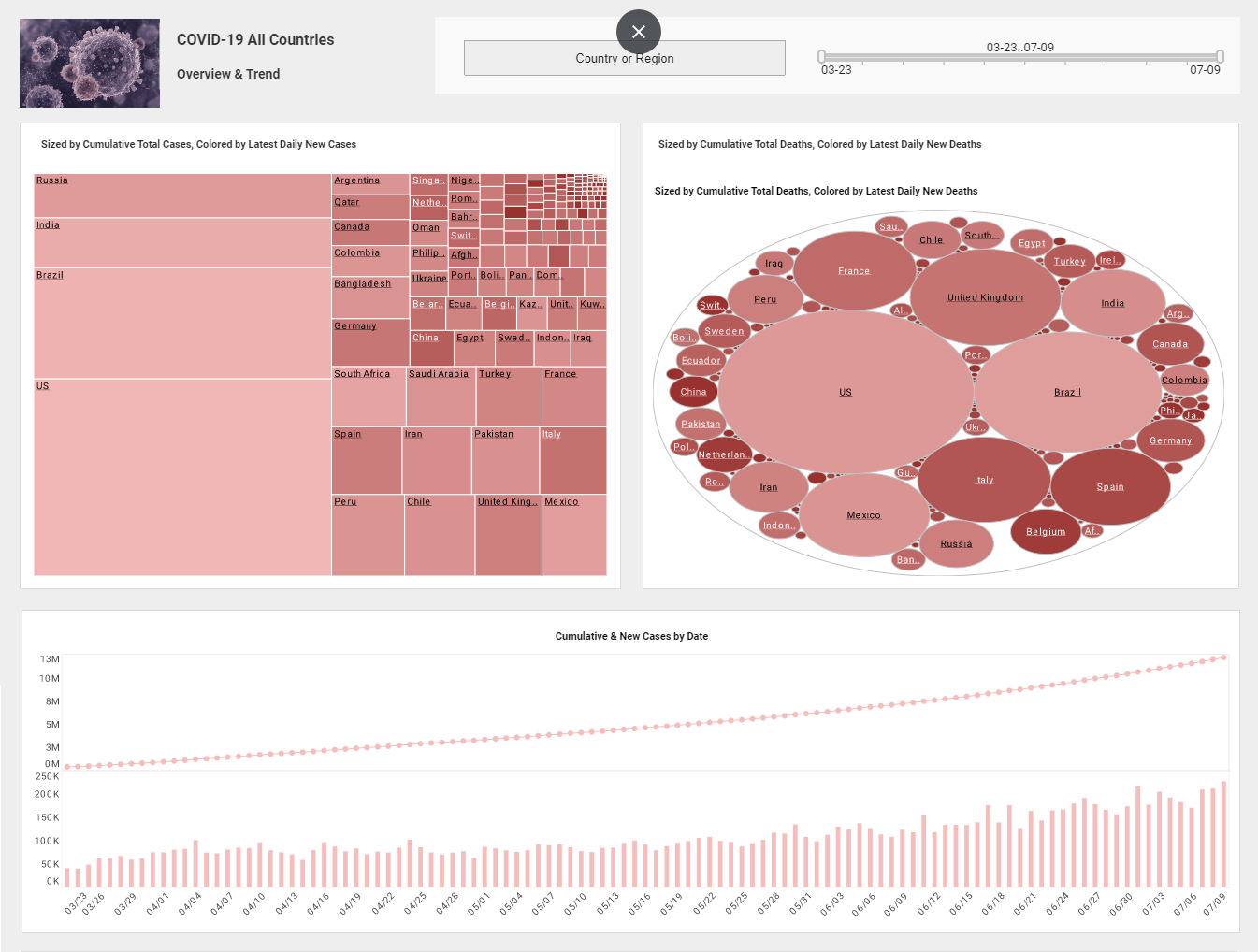A Business Intelligence System Is Like a Refinery
This is the continuation of the transcript of a Webinar hosted by InetSoft entitled "Business Intelligence in the Finance Department." The speaker is Mark Flaherty, CMO at InetSoft.
Well, a business intelligence system is like a refinery. Its raw material is data which it gets from transaction systems or operational systems which run the business on a daily business. And IT professionals take that data. They integrate it, aggregate it and turn it into information via a data warehouse. And then analysts and managers using varying reporting tools access the information in the warehouse to identify issues and trends and patterns in that information and essentially create knowledge, knowledge about how the business works.
Then executives and managers take that knowledge, and they create rules and models or plans, such as a go to market plan. And when they implement those plans, they generate events, and this virtuous cycle repeats itself over and over again. And each time you go through this loop, you review and measure your success. That’s an analogy for business intelligence that should resonate with you in the audience.
I think one of the things we’re seeing is that people are trying to speed up that whole process. They want to simplify getting the data all the way to the desktop for the users to use it. And how can they get more information faster in the right context through that whole process?
| #1 Ranking: Read how InetSoft was rated #1 for user adoption in G2's user survey-based index | Read More |
BI Is Big Business
I’d just like to point out that BI is actually now big business. It’s been at the top of CIOs’ list of things to do and things to spend money on for the last couple of years. Just quickly on the benefits of BI, why it’s at the top of the list. The primary reason companies implement BI systems with their data warehouses as a data management platform is to achieve the proverbial single version of truth, where everyone in the company, at least in a single department, is using the same data that’s been defined in the same way and followed all the rules. The metrics have been calculated consistently.
It also saves time, so instead of having an analyst create their own reports and pulling their own data from various source systems, with a BI environment analysts can spend time doing what they do best which is analyzing the data instead of formatting it. It also improves efficiencies and reduces cost. By analyzing data, looking at trends and issues, people can figure out how to reengineer processes and make them more efficient and effective.
Companies in the past have essentially justified the development of a data warehouse in a business intelligence environment by these three things alone. But there are a lot of strategic benefits. The biggest is the ability to align the organization with its overall strategic objectives. And the best way to do this is with dashboards and scorecards, and that’s one reason why they’ve become extremely popular in the last 4 to 5 years.
It’s because these visual dashboards finally give executives a mechanism to communicate strategy to every single employee in the organization at every single level in a highly tailored way, each and every day. They are very powerful tools for communicating strategies. But more than that, these dashboards and scorecards give executives and managers a way to monitor the progress of every individual and every work group and every department towards achieving those strategic objectives laid out on the dashboard or scorecard.
As such, these tools can empower the workforce and enable workers to focus on what’s important and not focus on what’s less important. And a lot of these environments are starting to stream data in a more timely way so that workers can work more proactively to affect outcomes instead of waiting to the end of the month to see how they did. By that time it’s too late to make any changes.
Read what InetSoft customers and partners have said about their selection of Style Scope for their solution for dashboard reporting. |
More Timely Delivery of Information
BI dashboards also let the businesses adapt more quickly with more timely delivery of information. They can model and adjust their plans quickly and prove predictive analytics. They can anticipate what’s going to happen in the future. And finally some companies are using business intelligence as a competitive differentiator. The best thing about the global information economy is that many executives, visionaries really have seen that information is the wedge that can help them drive the market.
Other vendors are selling information that comes out of the BI environment as a service or a product. And we’re really seeing that with a number of our clients where the finance role is actually looking for people who want to do BI and have that analyst capability as a core part of their retention and growth strategy for finance individuals so that people don’t get bored with just the daily postings and daily transactional activity. They’re actually using these new capabilities to let those analysts get more excited about their job and retain them longer and develop them into higher and higher roles in the organization.
| Previous: Business Intelligence in the Finance Department |



